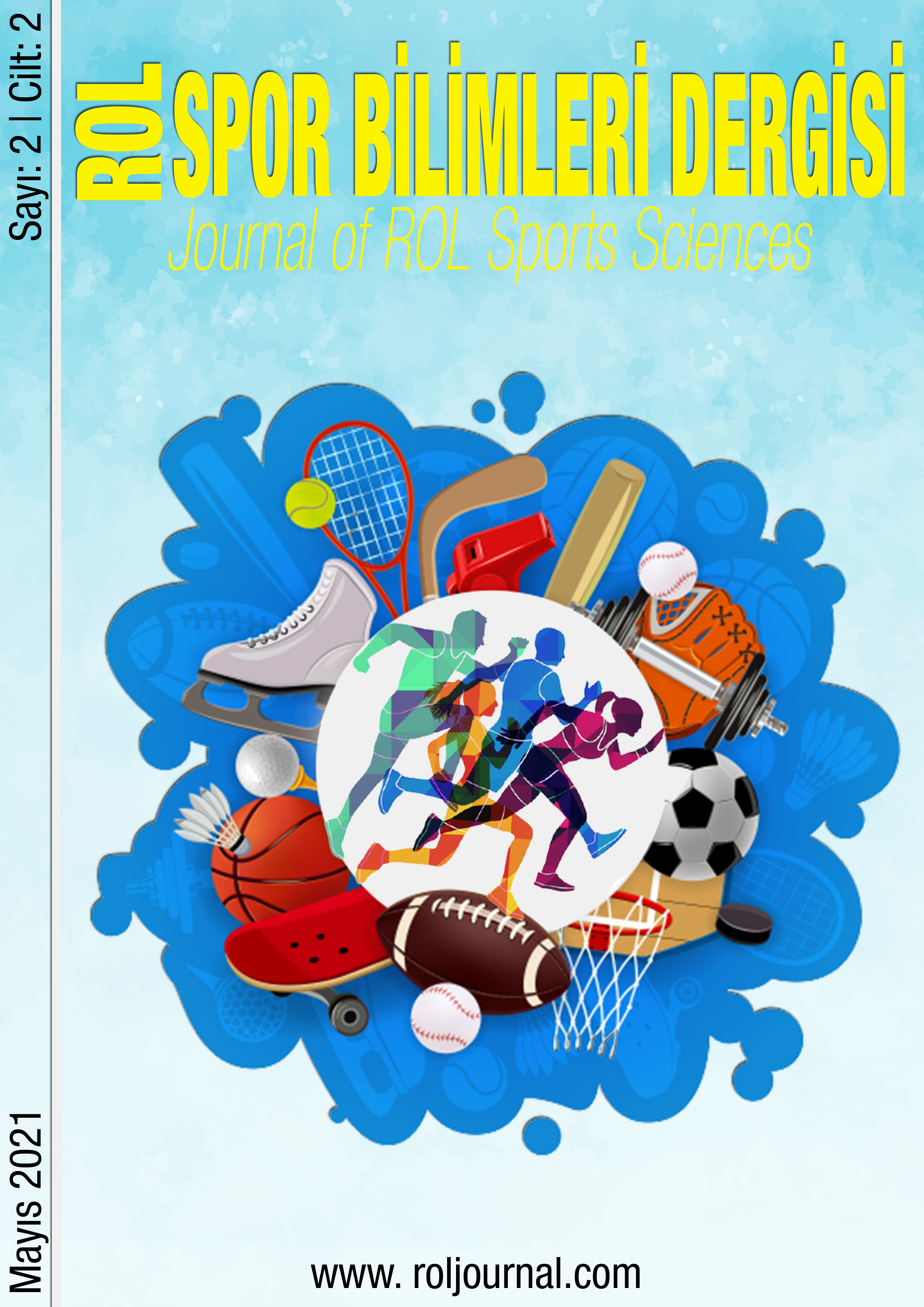INVESTIGATION OF DANCE SELF-EFFICACY LEVELS OF PHYSICAL EDUCATION AND SPORTS TEACHING STUDENTS IN TERMS OF SOME VARIABLES
DOI:
https://doi.org/10.29228/roljournal.51058Keywords:
Dance, education, sport, student, self effıcacyAbstract
The purpose of this study was to investigate the dance self-efficacy levels of physical education and sports teaching students in terms of variables such as age, gender, grade, type of university entrance exam and status of taking a dance class. The target population of the study consists of 188 (68 female and 120 male) physical education and sports teaching students. The data were obtained using questionnaire form consisting of two sections respectively as; "a participant information form" prepared by the researcher and “self-efficacy evaluation form on body language and dance" developed by Tokinan (2008). All statistical analysis were performed using SPSS 25.0 software. Kolmogorov-Smirnov and Shapiro-Wilk tests were performed to determine the normality of the data. Therefore, parametric tests (independent samples t-test and one-way ANOVA) were used in order to compare dance self-efficacy scores of physical education and sports teaching students in terms of age, gender, grade, type of university entrance exam and status of taking a dance class variable. The findings of the study indicates that mean dance self-efficacy scores of physical education and sports teaching students increase by grade variable. Moreover, it is determined that the mean dance self-efficacy scores of the students who takes dance classes were significantly higher than those who does not take dance class. As a result, it can be said that taking dance classes may have positive contributions on dance self-efficacy levels of physical education and sports teaching students.




